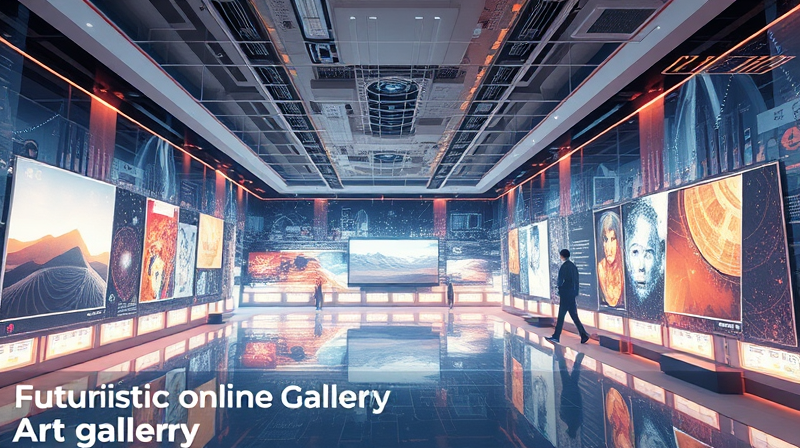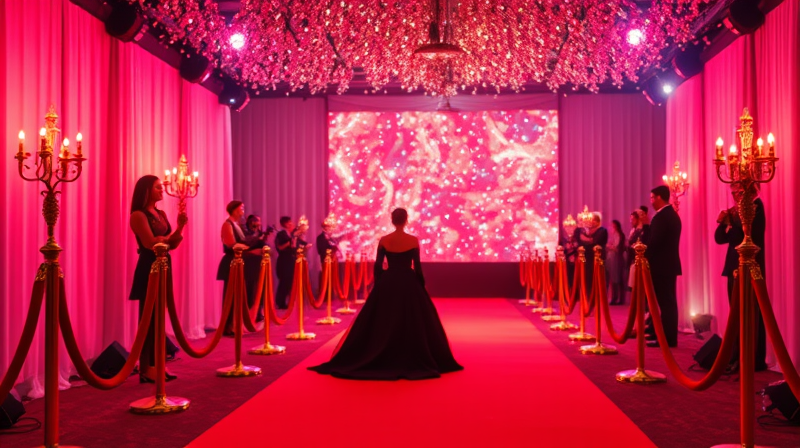Art appreciation is a journey open to everyone. You don’t need to be an art expert or a critic to engage with the visual world around you. It is a process that involves not only looking at art but also allowing yourself to feel its emotional pulse. In this article, we explore simple yet profound ways to enhance your connection with art.
When you stand in front of a painting or a sculpture, pause and look deeply. Instead of trying to decipher a hidden meaning immediately, let your eyes wander over the piece. Every brushstroke, texture, and line has something to say. This gentle observation is the first step towards true art appreciation.
The First Step: Just Look
Attention to detail is the cornerstone of art observation. Art starts with the simple act of looking. With every glance, you notice different elements such as colors, shapes, lines, and textures. These comprise the visual language that artists use to communicate.
Take a moment to observe how the hues interact and the way the shapes form a composition. Asking questions while looking, like "Why did the artist choose these colors?" or "What is the meaning behind this form?", can help break down the experience into manageable and engaging parts. This process is not about seeking an immediate answer, but rather about opening yourself up to the work’s aesthetic and emotional layers.
It is important to note that you don’t need any previous art training to enjoy this process. Your personal interpretation is valid and respected.
Engaging Emotionally
After you have looked, allow yourself to feel. Art has the potential to evoke a range of emotions, from blissful calmness to thoughtful introspection or even the unsettling thrill of discomfort. Your emotional reaction is a vital part of engaging with art, and there is no right or wrong way to feel.
When you notice that a piece stirs up specific emotions, embrace those sentiments. They are clues to your own tastes and help you define what matters most in art. Emotion and personal connection are as important as the technical aspects of an artwork. Let your feelings guide you towards a more authentic understanding of your response to art.
This personal engagement transforms the experience from a passive observation into an immersive dialogue between you and the creation.
Understanding Context Without Pressure
While art may have layers of historical context, cultural influences, or the artist’s personal expressions behind it, learning these details is an optional part of the journey. Context enriches your experience, offering insights into the piece’s background and the artist's intent, but it is not required to enjoy or appreciate the art.
Mild investigative curiosity can lead you to explore art history, uncovering fascinating movements or techniques from different periods, be it the grandeur of the Renaissance or the innovative explorations in digital art. Start small – perhaps by reading a brief background about the work that moves you or by learning a bit about a particular art movement. This approach keeps art appreciation fun and pressure free.
This method reinforces that art is not about memorization or understanding every nuance immediately but about the continuous journey of learning and exploration.
Curiosity Over Expertise
It’s okay to be curious without having all the answers. Many people feel hesitant when they don’t understand every aspect of a work of art, but the beauty of art is that it invites endless questions. Each piece encourages you to explore, and the journey of asking these questions is part of what makes art so compelling.
Instead of feeling overwhelmed, allow your curiosity to lead you. Engage in conversations, visit museums, and read articles or blogs about art. Every perspective provides a new insight and adds depth to your own understanding.
With each experience, you build confidence in your ability to connect with art, regardless of how much technical knowledge you possess.
Finding Your Own Value in Art
Ultimately, art appreciation is very personal. The process is not about adhering to rules or stacking up factual knowledge about every piece you encounter. Instead, it is about discovering what makes art meaningful to you.
As you explore various artworks, you will likely find certain patterns, mediums, or themes that consistently grab your attention. These patterns are clues that help define your artistic taste. Embrace this self-discovery because knowing what resonates with you is the key to a fulfilling art experience.
It might be the colors, the subject matter, or the raw emotion behind the work; every element contributes to a unique connection between you and the piece. Over time, as you continue to experience more art, you will likely build a personal archive of insights and inspirations.
Key Takeaways
- Start by observing: Focus on visual elements such as color, shape, and texture.
- Embrace your emotions: Whatever emotional response you have, consider it an essential part of your art experience.
- Learn context gradually: Explore art history and the background of artworks at your own pace.
- Prioritize curiosity: Let your questions and feelings guide you rather than aspiring to expert-level understanding.
- Value personal connection: Focus on what genuinely interests you in art, rather than memorizing every detail.
Art is a beautiful amalgamation of visual elements and deep emotion. Through a simple process of looking and feeling, you will find a richer relationship with art. Enjoy the journey and let each encounter with art inspire you to see the world in a more thoughtful and connected way.
Remember, art appreciation is not a destination but a continuous journey of exploration, emotion, and understanding. Keep looking, keep feeling, and let your curiosity lead the way.








